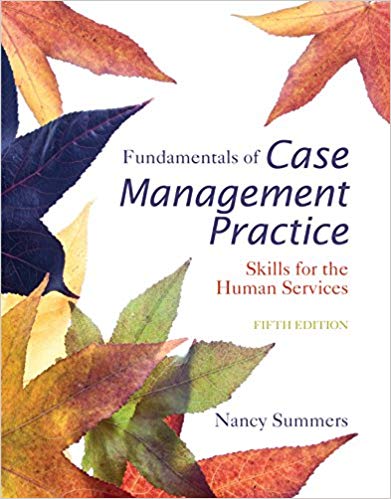Using the assessment form at the end of Chapter 8 on older people found in the companion
Question:
Using the assessment form at the end of Chapter 8 on older people found in the companion textbook, Fundamentals for Practice with High Risk Populations (Summers, 2002) or on-line at CengageBrain, further develop your client who is an older person, a person over 80 years of age. In this case, a child or close friend or neighbor may be present when you do the assessment and, depending on the condition of the older person, may give you most of the information. In addition, you may need to go to the person’s home to meet with the person because the client is too infirm to come to the office. In developing your client further, piece together the circumstances you believe might be reasonable for an older person who has this particular problem. Assign a socioeconomic situation, amount of schooling, and the other particulars, such as marriages, number of children, former occupations, and interests. In developing your client’s problem, read the current DSM, if relevant, and look at books and articles on the specific problem your older person appears to have. Look at the chapter in the companion textbook, Fundamentals for Practice with High Risk Populations, for information on how your client and the concerned caller might be feeling and what issues or problems the caller might be facing when meeting with you for the first time. Or Develop a believable social history on the client you have chosen, consulting the same material so that you are familiar with the issues and common problems faced by clients in this population. Or Use the generic assessment form in the Appendix C at the back of this book, again consulting relevant material and the current DSM, to create a believable client.
Step by Step Answer:

Fundamentals of Case Management Practice Skills for the Human Services
ISBN: 978-1305094765
5th edition
Authors: Nancy Summers





